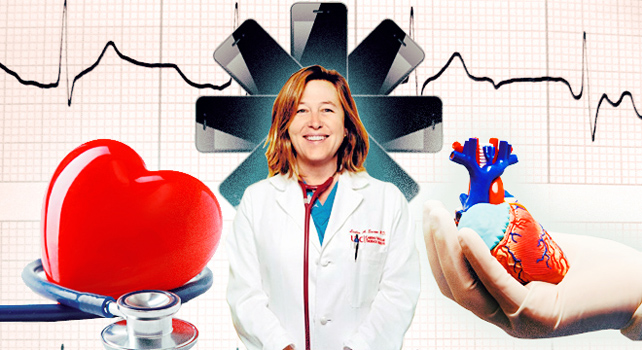In one study, adults shown to be pessimists based on psychological tests had higher death rates over a 30-year period than those who were shown optimistic. No doubt, the optimists were healthier because they were more inclined to take good care of themselves.
(..)
(..)
Not Just About Being Positive
Murphy’s Law — “Anything that can go wrong will go wrong” — is the antithesis of optimism. In a book called “Breaking Murphy’s Law,” Suzanne C. Segerstrom, a professor of psychology at the University of Kentucky, explained that optimism is not about being positive so much as it is about being motivated and persistent.
Dr. Segerstrom and other researchers have found that rather than giving up and walking away from difficult situations, optimists attack problems head-on. They plan a course of action, getting advice from others and staying focused on solutions. Whenever my husband, a dyed-in-the-wool pessimist, said, “It can’t be done,” I would seek a different approach and try harder — although I occasionally had to admit he was right.
(..)
She wrote, “People can learn to be more optimistic by acting as if they were more optimistic,” which means “being more engaged with and persistent in the pursuit of goals.”
If you behave more optimistically, you will be likely to keep trying instead of giving up after an initial failure. “You might succeed more than you expected,” she wrote. Even if the additional effort is not successful, it can serve as a positive learning experience, suggesting a different way to approach a similar problem the next time.
(..)
Framing Your Thoughts
It’s important not to neglect the power of positive thinking. Both Dr. Segerstrom and the Mayo researchers recommend taking a few minutes at the end of each day to write down three positive things that happened that day, ending the day on an upbeat note.
The Mayo researchers offered these additional suggestions:
Avoid negative self-talk. Instead of focusing on prospects of failure, dwell on the positive aspects of a situation.










